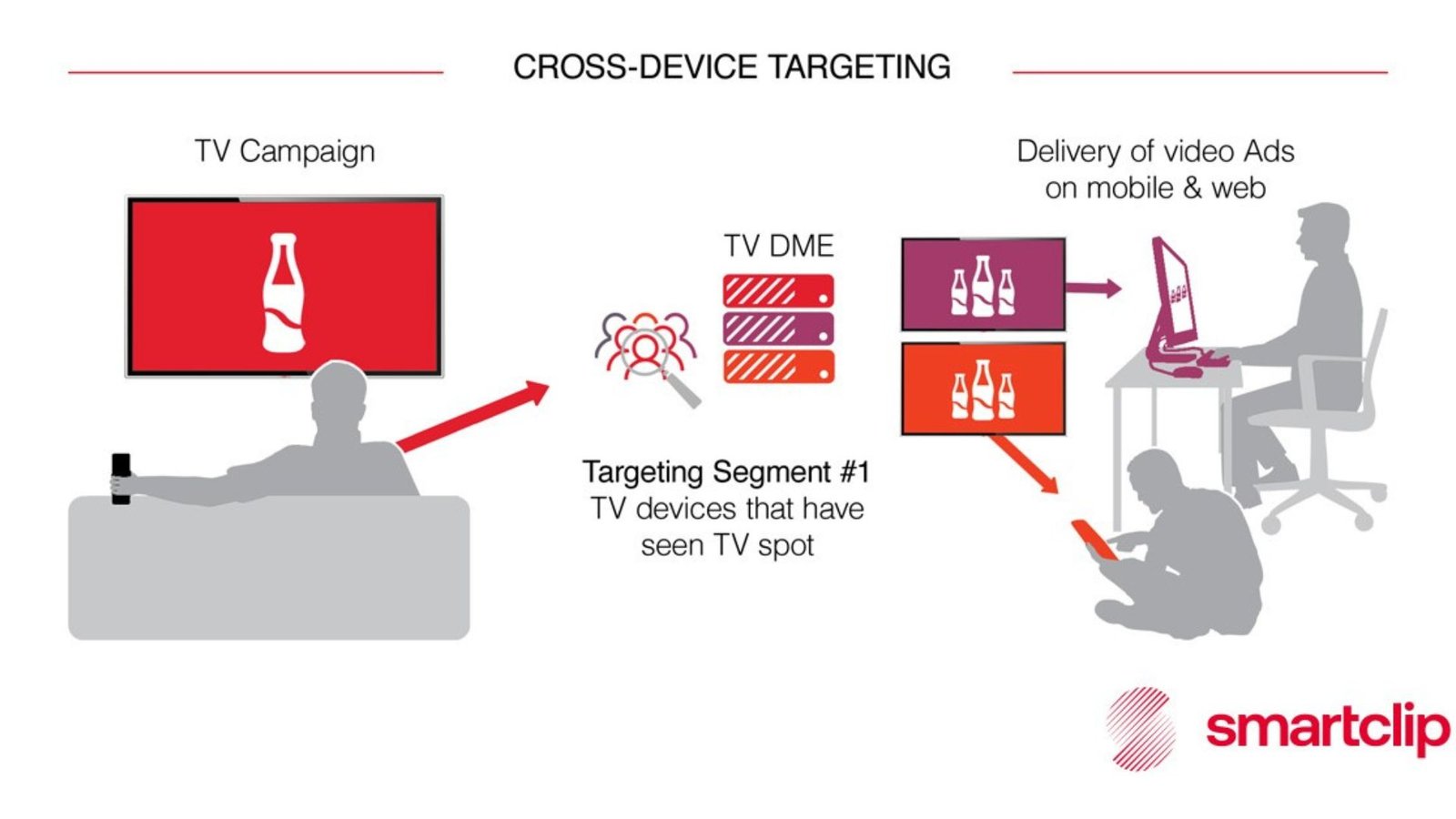
When it comes to designing network ads for international audiences, there’s more to consider than just translation. Effective international ads need to resonate with diverse cultural norms, languages, and preferences. In this article, we’ll guide you through the essential steps for crafting network ads that appeal to global audiences while maintaining relevance and engagement.
Understand Cultural Differences
Designing network ads for international audiences starts with understanding the cultural context of your target markets. Different cultures have unique values, customs, and sensitivities. Research these cultural nuances to ensure your ad doesn’t inadvertently offend or confuse. For example, colour meanings and symbols can vary greatly between cultures, so what works in one country might not work in another.

How to Design Network Ads for International Audiences
Localize Your Content
Localization goes beyond simple translation. Designing network ads for international audiences requires adapting your message to fit the local language and culture. This includes adjusting idioms, humour, and references to align with local expectations. Work with native speakers or professional translators to ensure your content is both accurate and culturally appropriate.
Use Relevant Imagery
Imagery can have different meanings in different cultures. When designing network ads for international audiences, choose culturally relevant visuals that resonate with the local audience.
Consider Different Communication Styles
Different cultures have varying communication styles. For example, some cultures prefer direct messaging, while others favour subtlety and indirectness. Designing network ads for international audiences means tailoring your communication style to fit the cultural norms of your target market. Make sure your message is clear but adapted to local preferences.
Optimize for Local Platforms
Different countries use different online platforms and social media channels. Designing network ads for international audiences involves knowing which platforms are popular in each region. Optimize your ads for these platforms and consider their specific formats and ad requirements. For instance, an ad that works well on Facebook in one country might need adjustments for local platforms like WeChat in China.
Adjust Ad Formats and Sizes
Ad formats and sizes can vary by region. Designing network ads for international audiences requires adapting your ads to meet the specifications of different platforms and devices used in various countries. Ensure your ads look good and function well on local devices and screen sizes to maximize their effectiveness.
Test Ads in Target Markets
Before fully launching your ads, test them in your target markets. Designing ads for international audiences involves running small-scale tests to gather feedback and make necessary adjustments. This can help identify any issues with localization or cultural relevance and refine your approach based on real-world data.
Leverage Local Influencers
Partnering with local influencers can boost your ad’s credibility and reach. Designing network ads for international audiences can benefit from influencers who understand the local market and can effectively communicate your message. Influencers can help bridge the gap between your brand and the local audience, enhancing your ad’s impact.
Ensure Legal and Regulatory Compliance
Different countries have different advertising regulations. Designing ads for international audiences requires understanding and complying with local laws and regulations. This includes restrictions on certain types of content, privacy laws, and advertising standards. Ensure your ads adhere to these rules to avoid legal issues and fines.
Adapt to Local Payment Preferences
If your ads include calls to action that involve payments, make sure they align with local payment preferences. Designing ads for international audiences means integrating popular payment methods in each region. This could involve offering options like mobile payments, local credit cards, or region-specific digital wallets.
Use Data and Analytics
Data is crucial for optimizing your international ads. Designing ads for international audiences involves tracking performance metrics like click-through rates, conversion rates, and engagement levels. Use this data to understand how your ads are performing in different regions and make data-driven decisions to improve them.
Maintain Consistent Branding
While localization is important, maintaining consistent branding across markets helps build brand recognition. Designing network ads for international audiences involves balancing local adaptations with your overall brand identity. Ensure your branding elements—such as logos, colors, and slogans—are consistent, while still tailored to each market’s preferences.
Address Language Barriers
Language barriers can impact the effectiveness of your ads. Designing ads for international audiences involves addressing these barriers by providing translations and localizations that make sense. Ensure that language use is clear, professional, and culturally appropriate.
Conclusion
In conclusion, designing network ads for international audiences involves a thoughtful approach to localization, cultural sensitivity, and platform optimization. By understanding cultural differences, localizing content, and leveraging data, you can create effective ads that resonate with global audiences. Balancing local relevance with consistent branding ensures your ads perform well across different markets.
